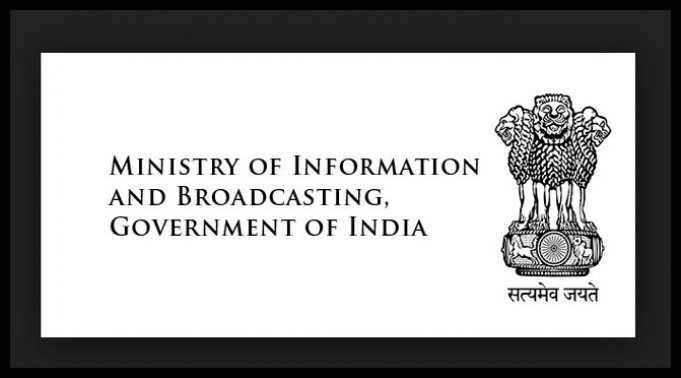How we arrived at arbitrary TV bans
In the rush of indignant sentiment that has been in evidence after the government invoked the 24-hour blackout order on NDTV India, including the flurry of statements from media bodies, there is remarkably little understanding on display of what has led to a situation where a government can mete out arbitrary punishment to a news channel with the final appeal resting with a ministerial committee! And pick on one alleged offender while ignoring others.
How did we get here, this great, durable democracy, with far more media outlets on offer than several older democracies?
Because we are like that only.
No independent regulator
While most sensible societies recognize that the broadcast media needs to be governed by some form of independent regulation because it is a powerful medium, in India the media thinks of regulation as an encroachment upon its freedom. And while in most mature democracies governments recognize regulation of independent media cannot be done by government, the government here, regardless of the party in power, always overreaches when it seeks to regulate. When the Supreme Court mandated an independent regulator to govern the country’s airwaves in 1995, you did not see the media industry clamouring for this to be implemented, nor did you see the government implement this part of the judgment.
India has no statutory broadcast regulation for content today because the industry and the government could not agree, over the years, on what such a legislation should look like. The mention of regulation makes the media bristle and not entirely without reason. Any draft the government has come up with over the years has had fallback provisions in case of an emergency which sounded draconian.
Draft broadcast regulation was introduced in 1997, 2001 and 2007. The Broadcast Bill of 1997 and the Communications Convergence Bill of 2001 lapsed with the dissolution of the respective Lok Sabhas. The Broadcasting Services Regulation Bill of 2007 did not get very far either.
Meanwhile the Telecom Regulatory Authority of India was given additional charge of regulating the broadcasting industry. It came up with a limit on advertising minutes permitted in an hour of telecast, and there has been much heartburn over that in an industry which makes very little money. Another TRAI initiative was to attempt cross media regulation and decide who could not own media. A list so comprehensive that it begged the question of who could!
But content regulation was not part of its mandate. The self regulatory mechanism of the News Broadcaster’s Association to regulate content came into being as part of a compromise between the industry and government, in 2008. Why it is not the solution is amply underscored by the fact that the government’s show cause notices continue to run parallel to the News Broadcasting Standards Authority’s writ. In 2015 MIB issued six to news broadcasters, though none of them culminated in a blackout. If you had a statutory regulator the government would not have had the mandate to intervene.
Limited self regulation
What gives the government a handle is also the fact that the latter represents less than 20 per cent of the 400 odd news channels, and is a standards authority, not a statutory body. Some 40 odd decisions have been handed out over eight years. Self regulation in action consists of asking channels to run an apology onscreen for a short period of time and occasionally a Rs one lakh fine as well. There is not enough evidence that is disincentivising irresponsible behavior, including crass conduct such as running a mms of a gangrape, something IndiaTV did in 2011.
When there is no viewer complaint the NBA does not take up an issue suo moto. The JNU episode in February which saw leading channels running unverified videos, including two later found to be doctored, and practically inciting action against students, did not provoke the NBSA to action of any kind.
In other countries regulators have the function of licencing TV channels. Private ownership of terrestrial TV is permitted and the regulator allocates spectrum and is expected to ensure diversity of fare. When you are licenced by a regulator and transcend the conditions of licence the violations are recorded, when they add up you stand to lose your licence.
In India spectrum is not an issue because the public broadcaster has a monopoly over all terrestrial broadcasting spectrum. All private sector broadcasting is on satellite. So the spectrum compulsion for licencing was not there, and licencing of channels never came into being. The scenario is a cheerful free for all.
There should be, in a regulated media environment, at least a statutory complaints body empowered to take complaints from viewers and hand out decisions. A body which ought to also cover the state-funded public broadcaster. But this does not exist though it was initially provided for in earlier draft broadcast legislation. So when DD turns into a mouthpiece of the government, the tax payer has no forum to complain to.
In a mature democracy a broadcast regulatory body is guaranteed its independence explicitly by law and sometimes also in the constitution. But then most mature democracies do not have a Ministry of Information and Broadcasting to contend with. So get ready to live with overreach and pushback as a substitute for independent regulation.
